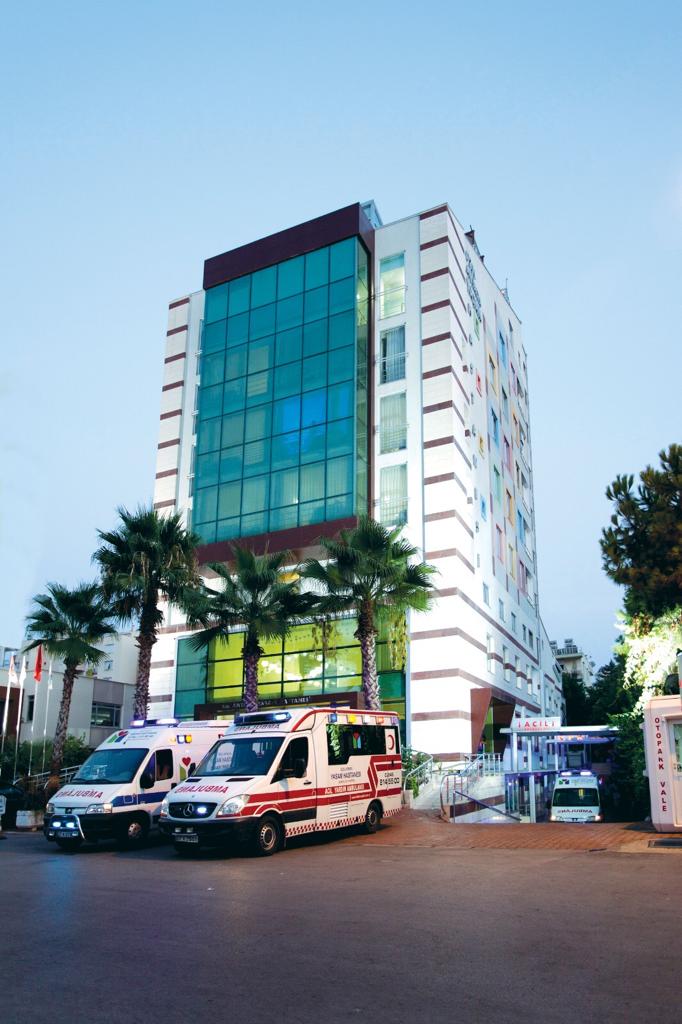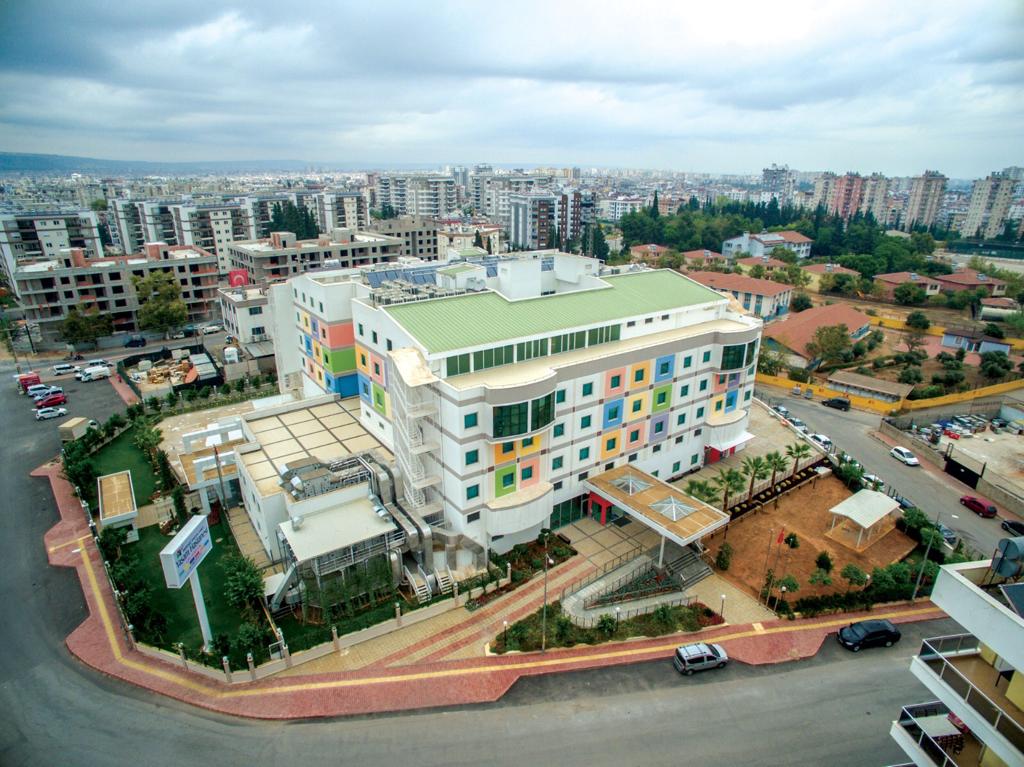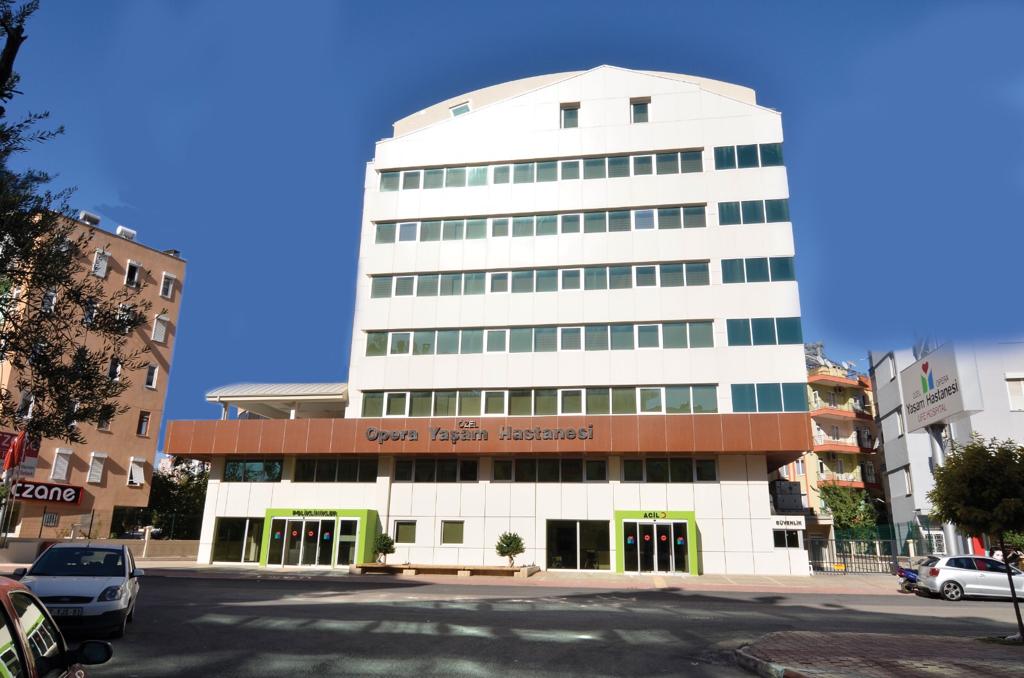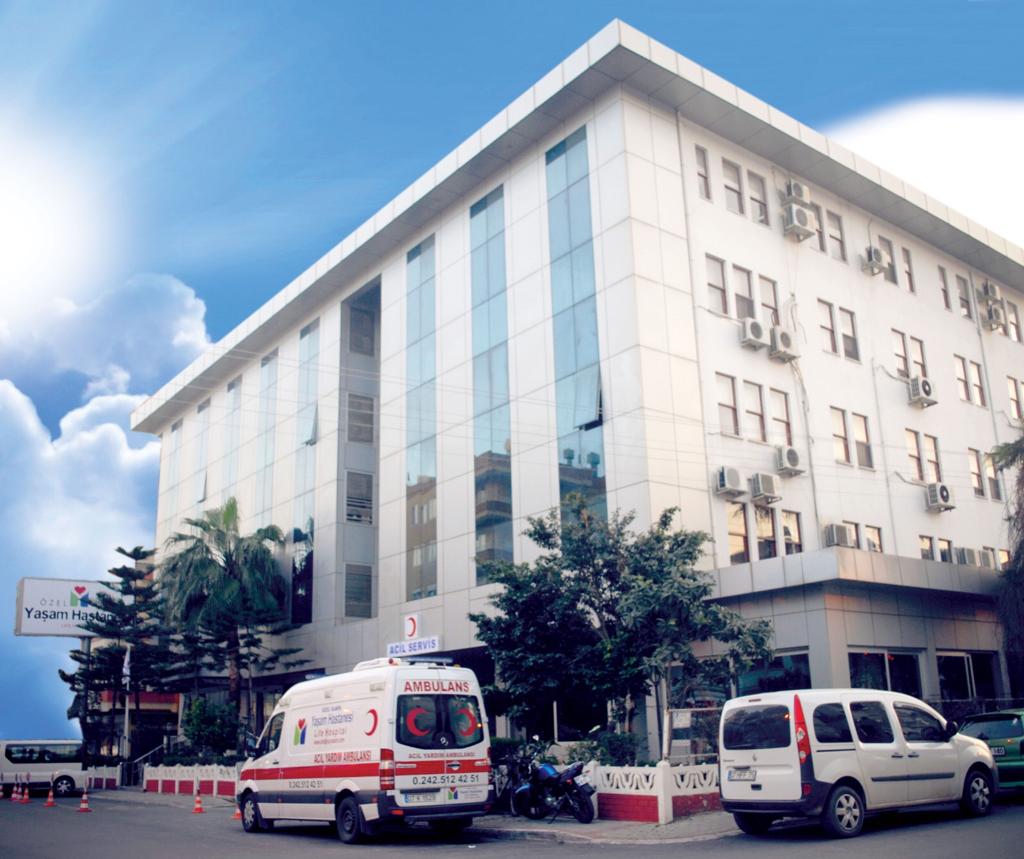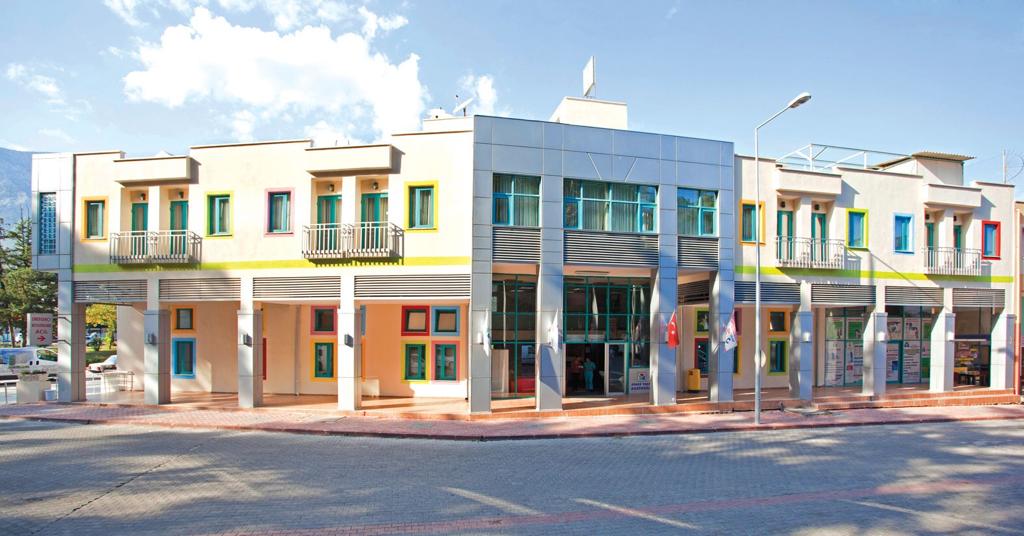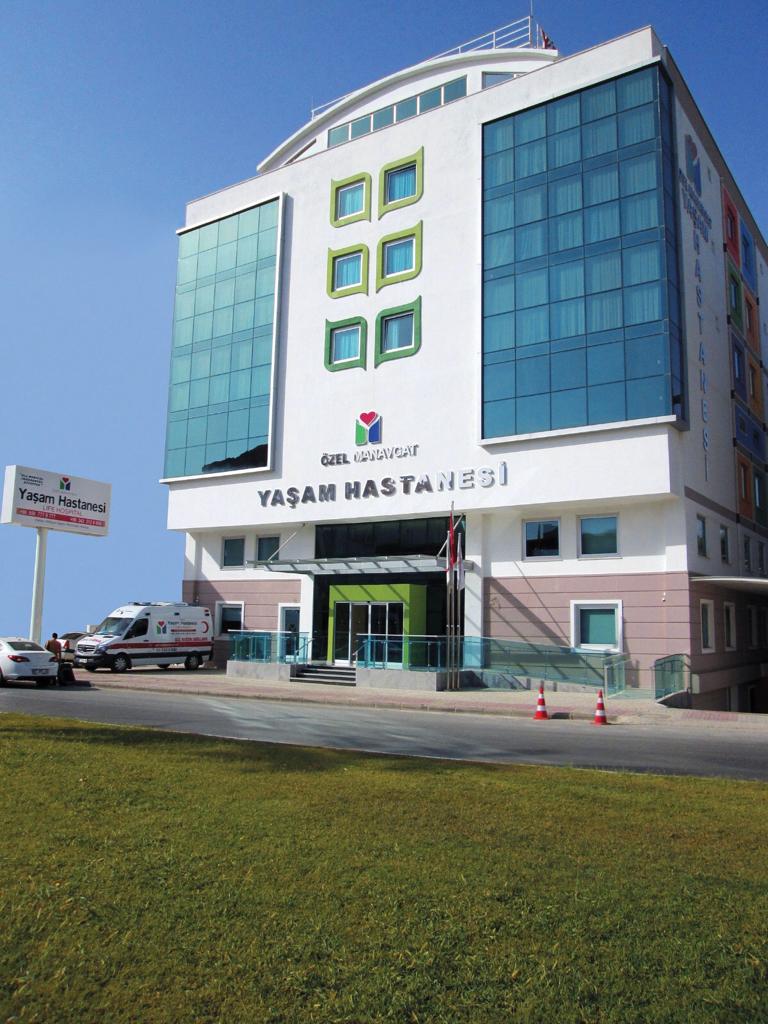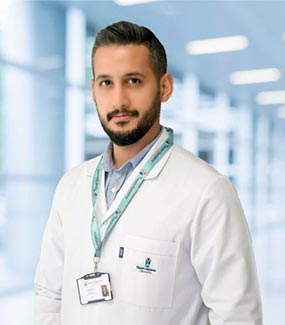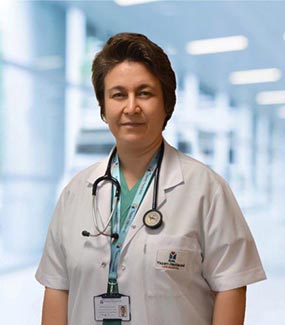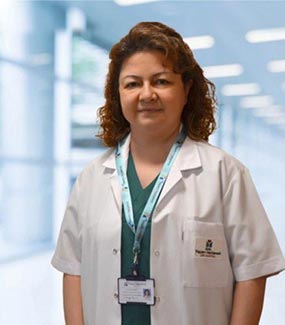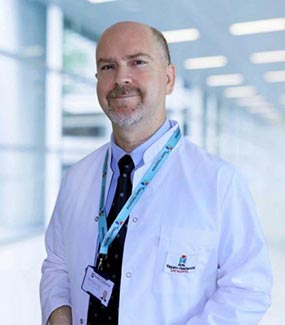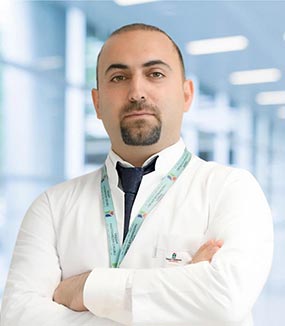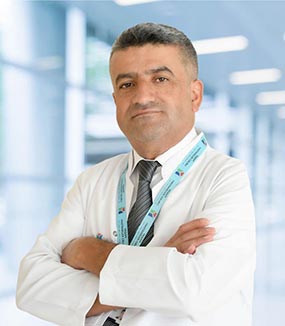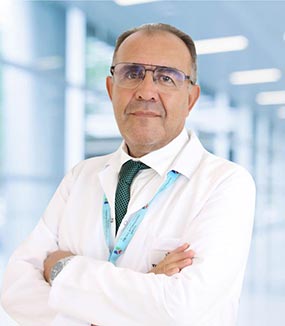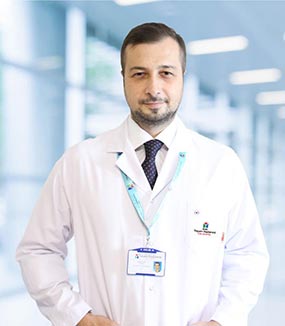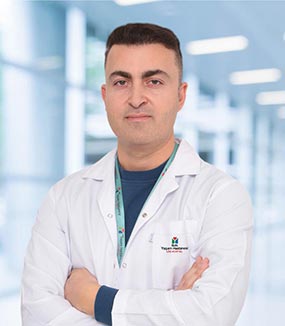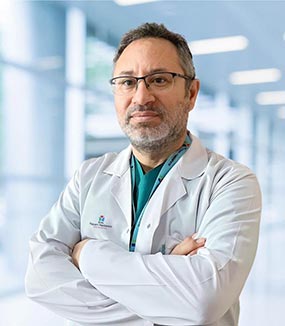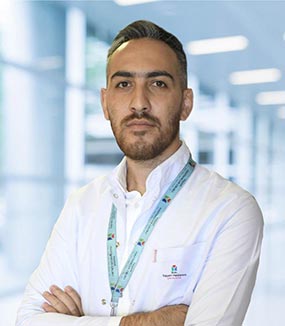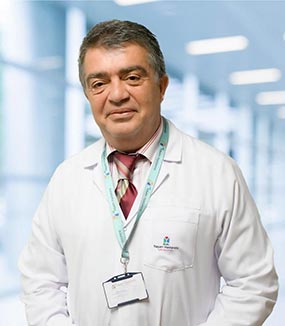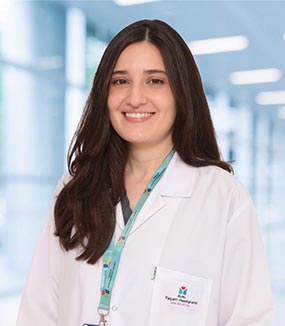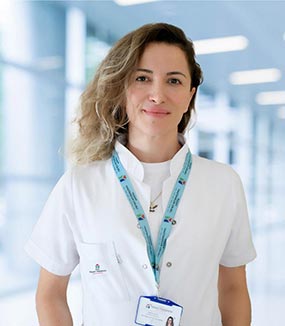Yaşam Hospitals Health Group Anesthesiology Clinics provide patient care and treatment services before and after many diagnostic and surgical interventions in all our hospitals. Anesthesia practices include pre-intervention medical evaluation by experienced anesthesiologists, pain treatment during and after the intervention, and monitoring of all vital functions. It also covers analgesia and sedation in diagnostic or therapeutic interventions, day surgery anesthesia, painless delivery, anesthesia in infants and children, anesthesia in all surgical branches. Our team; performs the necessary anesthesia applications at world standards in all departments such as cardiac surgery, neurosurgery, pediatric surgery, gynecology, orthopedics, thoracic surgery, vascular surgery, ear-nose-throat, urology and eye.
Anesthesia applications are carried out by specialist doctors who have received 6 years of medical education and training in Anesthesiology and Reanimation Specialization. Anesthesia technicians, who are trained to assist anesthesiologists throughout the surgery, are also a very important part of the anesthesia team. Anesthesiologists decide and apply the type of anesthesia to be given to the patient, taking into account the general condition of the patient and the characteristics of the surgery, guided by the surgeon, as a result of the pre-operative examinations and examination. The drugs used to prevent the patient from feeling pain during the surgery are determined and administered by the anesthesia and reanimation specialist. It is also the most important responsibility of the anesthesiologist to minimize some of the negative effects of anesthesia on the human body and to ensure that the patient wakes up after the operation without affecting his vital functions. Our Anesthesiologists also work in the Intensive Care Services, where the monitoring and treatment of patients whose vital functions are in danger, which is becoming increasingly important in our country and in the world. Since the 1970s, Prof. Dr. Sadi Sun, Prof. Dr. With the contributions of Cemalettin Öner and other professors, the foundation of Intensive Care Services was laid, and the responsibility of these units rests with Anesthesiologists. There are 26 adult general intensive care beds and 6 isolation rooms, 2 of which are negative pressure, in our hospital. On the other hand, there is a bed capacity of 7 Coronary Intensive Care Units, 6 Cardiovascular Surgery Intensive Care Units, 7 Pediatric Intensive Care Units and 23 Neonatal Intensive Care Units.
Types of Anesthesia
Depending on the type and length of the intervention to be performed, the anesthesiologist; chooses among general, regional, local anesthesia and sedation applications, and safely applies the anesthesia procedures that he deems appropriate to the patient.
1) General Anesthesia:
First of all, the vascular access of the patient who is taken to the operating room is opened. The patient is then monitored to monitor vital functions such as heart, respiration and blood pressure. After these preparations, for general anesthesia, only special drugs authorized by the anesthesiologist are administered to the patient through the serum inserted. A special tube is placed in the trachea for respiratory tract continuity and safety. After providing a safe depth of anesthesia, the operation can be started with the permission of the anesthesiologist. Continuity of anesthesia is provided by the combination or separate administration of respiratory and intravenous drugs. During the operation, many parameters such as respiration, kidney and brain functions, blood level, fever and urine amount of the patient under anesthesia are constantly monitored. Following the end of the operation, the anesthetic drugs used are terminated, and the patient is awakened under the supervision of an anesthesiologist and taken to the recovery room. The patient is warmed here, his pain is relieved, and he is sent to his room comfortably, taking precautions against nausea and vomiting.
2) Regional (Regional) Anesthesia:
Anesthetizing a certain part of the body such as the lower back, arm or leg is within the scope of regional anesthesia applications. With this method, the procedure is performed while the patient is conscious. The patient feels physical contact in the operating area, but does not feel pain. There are three types of regional anesthesia techniques: spinal anesthesia, epidural anesthesia or combined spinal-epidural anesthesia in which both are applied. In addition, peripheral nerve blocks and RIVA applications, in which only a certain limb is anesthetized, are also included in the scope of regional anesthesia. If the patient does not want it, regional anesthesia is not applied in patients with problems in the bleeding and coagulation system, in patients using blood thinners, and in patients with infection in the application area.
3) Local Anesthesia:
It is applied for minor surgical procedures in limited areas. (Abscess evacuation, oil gland removal, dermatological interventions, removal of small moles, etc.)


